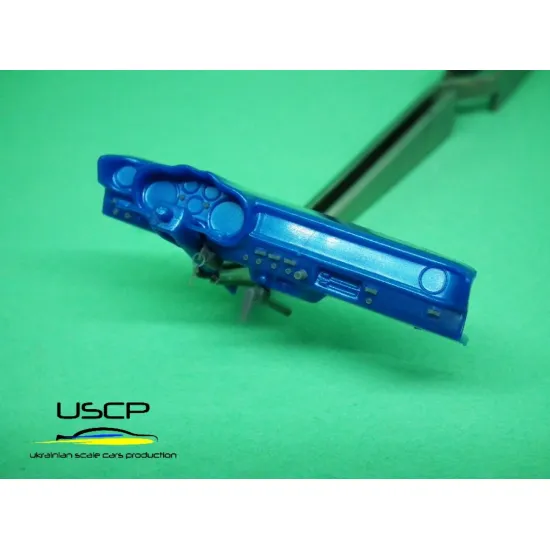How to Choose the Best Plastic Model Kits for Your Collection
How to Choose the Best Plastic Model Kits for Your Collection
Blog Article
The Ultimate Guide to Building Model Kits: Tips and Techniques
Plastic model kits have undergone a substantial transformation since their inception, growing from basic and rudimentary patterns to highly step by step and complex representations of real-world subjects. This advancement shows improvements in resources, manufacturing techniques, and the rising class of modelers' expectations. In this short article, we explore the evolution of model kits, from their simple beginnings to the complicated kits accessible today.

Early Origins: Easy Patterns and Basic Products
The real history of plastic model kits times back to early 20th century, with the very first commercially accessible kits emerging in the 1930s. Originally, these designs were easy and focused largely at children. Early packages, created from standard plastic products, were built to be snapped together, giving an easy introduction to modeling for small hobbyists. These models an average of presented small depth and were usually molded in a couple of shades, with few choices for customization.
Development in Reputation: The 1950s and 1960s
As plastic became more generally available, the 1950s and 1960s saw a substantial shift in the complexity and variety of model kits.During this period, producers started introducing more detailed sets, targeting adult lovers along with children. Aircraft, cars, and vessels were frequent matters, and kits started to incorporate numerous pieces for added realism. But, versions still counted on basic assembly methods, with several alternatives for painting and finishing.
Breakthroughs in Technology: The 1970s and 1980s
The 1970s and 1980s noted a turning place on the planet of plastic modeling. Innovations in mold-making engineering allowed for more descriptive pieces and better features. That time also saw the release of replacement accessories, such as photo-etched areas, to boost the reality of models. Modelers began experimenting with different painting methods, weathering effects, and outlining, ultimately causing more personalized and lifelike creations. This era also found the increase of highly specific products, such as for instance military tanks and dioramas, which appealed to fanatics with certain interests.

The Modern Time: Highly Step-by-step and Complicated Systems
Nowadays, plastic model kits have reached new quantities of sophistication. Producers now generate models which can be very comprehensive, with countless specific pieces designed to reproduce real-world things with outstanding accuracy. Electronic modeling and 3D printing have revolutionized the look process, enabling higher accuracy and complex outlining which was once unimaginable. Contemporary sets feature sophisticated components such as moving elements, extremely detailed rooms, and reasonable floor textures. More over, many systems include comprehensive training manuals and decals, permitting modelers to create highly correct replicas.
From easy snap-together products to extremely step by step efforts, the evolution of plastic model kits reflects the rising experience and imagination of modelers, as well as the ongoing innovation in production and design. Whether you're a novice or an experienced enthusiast, there's never been an improved time and energy to investigate the entire world of plastic modeling. Report this page